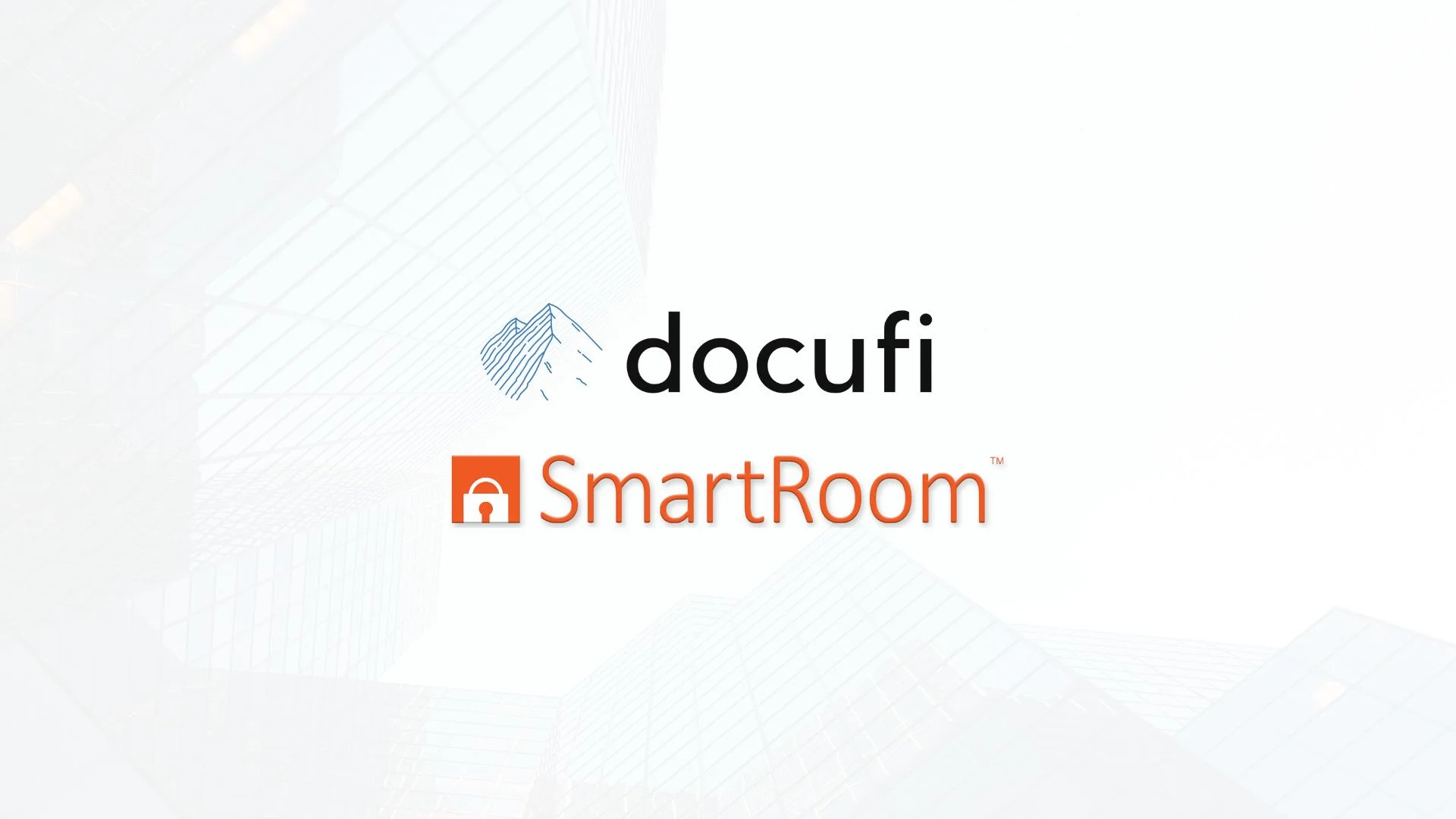SmartRoom Blog
Latest Industry News & Information
Categories
Recent Posts
-
M&A Due Diligence Consulting: What It Is, Why It Matters, and How to Get It Right
-
Carve-Outs Explained: Key Insights, Challenges, and Opportunities in Modern M&A Deals
-
Customer Due Diligence Explained: Requirements, Risk Levels & Red Flags
-
Venture Capital Exit Strategy: Types, Examples, and How Investors Maximize Returns
-
Data Room for Joint Venture: Secure Virtual Data Rooms & Deal Management










